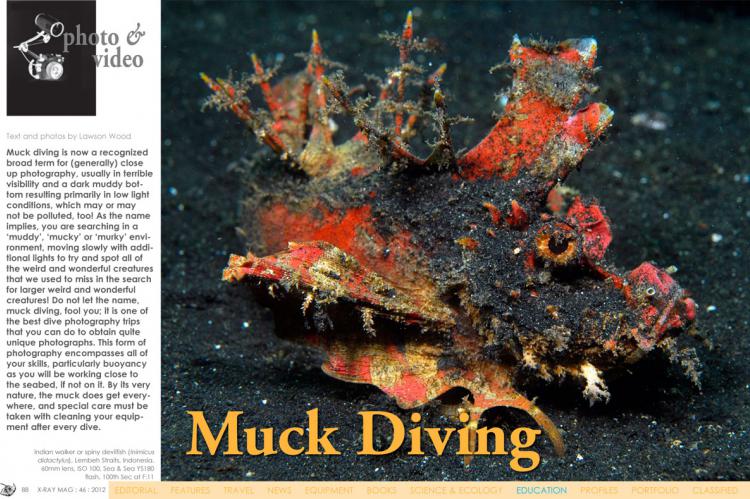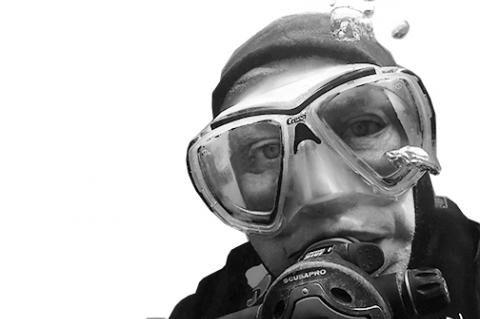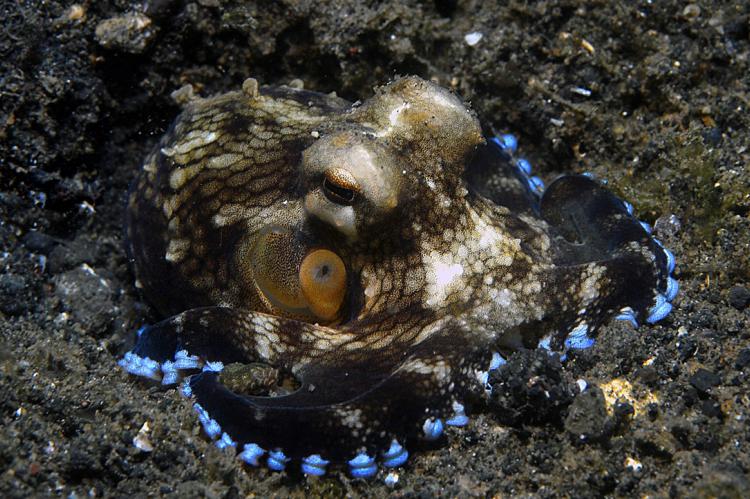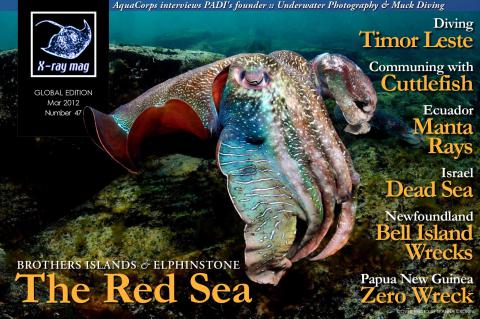Muck Diving
Muck diving is now a recognized broad term for (generally) close up photography, usually in terrible visibility and a dark muddy bottom resulting primarily in low light conditions, which may or may not be polluted, too! As the name implies, you are searching in a ‘muddy’, ‘mucky’ or ‘murky’ environment, moving slowly with additional lights to try and spot all of the weird and wonderful creatures that we used to miss in the search for larger weird and wonderful creatures!
Tags & Taxonomy
Do not let the name, muck diving, fool you; it is one of the best dive photography trips that you can do to obtain quite unique photographs. This form of photography encompasses all of your skills, particularly buoyancy as you will be working close to the seabed, if not on it. By its very nature, the muck does get everywhere, and special care must be taken with cleaning your equipment after every dive.
It is only in the last ten years or so that the term was first coined in the Lembeh Straits, and more specifically, at Kungkungen Bay Resort, which discovered a wealth of hitherto rarely seen or unheard of species in staggering numbers, hidden in the garbage strewn seabed nearby a major sea port in northern Sulawesi, Indonesia.
Muck diving need not be confined to tropical waters, as most of us have had to learn our photographic techniques over many years in British waters, and for me specifically, I personally enjoy exploring the muddy depths of Loch Long and Loch Fyne in Scotland where exotically coloured dragonets, gobies and blennies are framed in multi-coloured anemones and long-clawed squat lobsters.
However, many of us have already experienced forms of muck diving, underneath the Town Pier and Salt Pier in Bonaire; Frederikstad Pier in St.Croix; Tulamben Beach in northern Bali; and Papua New Guinea. Areas of the South China Sea, Red Sea and in fact any location NOT usually well known for its wide angle, clear waters, have inevitably been revisited, re-explored and reinvented. Now new and exciting areas have become popular such as Raja Ampat in Irian Jaya; Mabul and many other exotic locations in the South China Sea.
The following subjects from Scottish waters illustrate that there are weird and colourful fish and crustaceans in colder waters. You will be working very close to the seabed, which is invariably silty, so great care must be taken on entering and leaving the scene, so as not to disturb the silt and perhaps ruin the site for other photographers waiting to take photographs of the subject that you have found.
What makes the creatures of the Lembeh Straits stand out so much (apart from their weird and wonderful shapes) is their vivid colours juxtaposed with the almost black volcanic sand. It is only with the use of flashlight that we can pick up any of the colours before we photograph them.
It's everywhere
You can really go muck diving anywhere. One of the best locations is under piers, new or old. Old ones are always well encrusted with marine life, but new ones are equally as exciting, as the seabed under them is always strewn with rubbish, which makes perfect homes for little critters and fish. What you are doing is a slowed-down version of macro photography, but with the option of seeing and photographing larger critters as they come along.
A friend of mine, Max Hillier, always used to say to students, “stop and smell the roses”. Well, we are doing the equivalent ...
(...)
Download the full article ⬇︎

Originally published
X-Ray Mag #47
Red Sea travel special: Brothers Islands, Cairo to El Quseir, Elphinstone; Interview with Archim Schlöffel; Communing with cuttlefish; Kimbe Bay’s Zero Wreck; Bell Island wrecks; Hooded nudibranchs; Giant manta rays of Ecuador; Diving Timor Leste; How to photograph sharks with Andy Murch; Interview with PADI co-founder, John Cronin; Muck diving photography with Lawson Wood; The Dead Sea; Plus news and discoveries, equipment and training news, books and media, underwater photo and video equipment, turtle news, shark tales, whale tales and much more...
..































